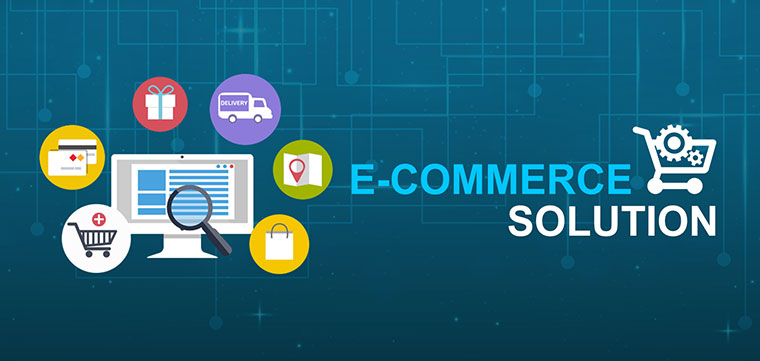E-commerce Solutions: Enhancing Customer Experience Through Innovative IT Strategies
In the digital age, e-commerce has become a cornerstone of global commerce, reshaping how consumers shop and interact with brands. As competition intensifies, businesses are increasingly focused on enhancing the customer experience to foster loyalty and drive sales. Innovative IT strategies play a crucial role in this endeavor, providing e-commerce solutions that meet the evolving needs of consumers. This article explores how technology can transform the e-commerce landscape and elevate customer experience.
The Importance of Customer Experience in E-commerce
Customer experience (CX) is the sum of all interactions a customer has with a brand, encompassing everything from browsing a website to receiving a product. A positive customer experience can lead to increased sales, repeat business, and word-of-mouth referrals. Conversely, a negative experience can result in abandoned carts, poor reviews, and lost customers. Therefore, investing in strategies that enhance CX is essential for e-commerce success.
Innovative IT Strategies for Enhancing E-commerce Customer Experience
- Personalization: Personalization is key to creating a tailored shopping experience. Utilizing data analytics, businesses can gain insights into customer behavior and preferences. By employing algorithms to recommend products based on past purchases or browsing history, e-commerce platforms can create a personalized shopping journey. For example, platforms like Amazon excel in suggesting items that align with individual customer interests, significantly improving user engagement and satisfaction.
- Responsive Web Design: With the increasing use of mobile devices for online shopping, having a responsive website is critical. A well-designed site that adapts to various screen sizes enhances usability, ensuring a seamless experience whether customers are using a smartphone, tablet, or desktop. Furthermore, optimizing page load speed is essential; studies show that even a one-second delay can lead to a substantial drop in conversion rates.
- Artificial Intelligence (AI) Chatbots: AI-driven chatbots are revolutionizing customer service in e-commerce. These tools provide instant support, answering common questions and guiding customers through the buying process. By handling routine inquiries, chatbots free up human agents to focus on more complex issues, enhancing overall efficiency. Additionally, 24/7 availability ensures that customers receive assistance whenever they need it, improving their experience.
- Augmented Reality (AR): Augmented reality is transforming the way consumers interact with products online. AR technology allows customers to visualize products in their own environment before making a purchase. For instance, furniture retailers like IKEA offer AR apps that enable users to see how a piece of furniture would look in their home. This immersive experience not only boosts customer confidence in their purchasing decisions but also reduces the likelihood of returns.
- Secure Payment Solutions: Ensuring secure payment options is crucial for building trust with customers. E-commerce platforms must implement robust security measures, including encryption and compliance with Payment Card Industry Data Security Standards (PCI DSS). Additionally, offering a variety of payment methods, including digital wallets and buy-now-pay-later options, caters to diverse customer preferences, enhancing convenience and satisfaction.
- Customer Feedback Loops: Gathering and analyzing customer feedback is essential for continuous improvement. E-commerce businesses can utilize surveys, reviews, and social media interactions to gain insights into customer experiences. By addressing concerns and implementing suggested improvements, companies demonstrate their commitment to customer satisfaction, fostering loyalty and trust.
Conclusion
In the competitive world of e-commerce, enhancing customer experience through innovative IT strategies is vital for success. By focusing on personalization, responsive design, AI chatbots, augmented reality, secure payment solutions, and customer feedback loops, businesses can create a seamless and engaging shopping experience. As technology continues to evolve, staying ahead of these trends will not only attract new customers but also retain existing ones, ultimately driving growth and profitability in the ever-changing e-commerce landscape. Embracing these innovative solutions is essential for any organization looking to thrive in the digital marketplace.


